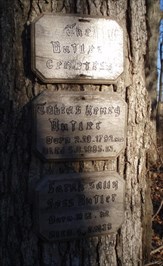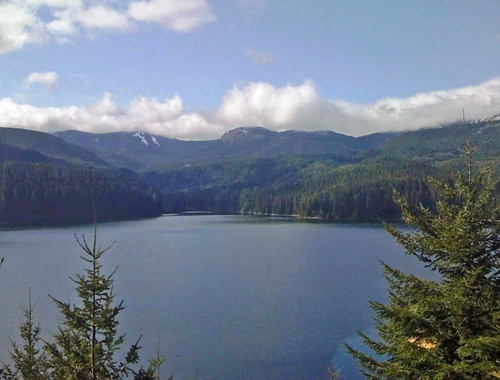Trees talk...
or do they?
History is recorded in trees, if you read the signs.
Ever carved your initials (or your undying love for another) in a tree?There are a multitude of variations, depending on the types of trees, the size of trees, and the messages presented in many different types of 'signs'. or do they?
History is recorded in trees, if you read the signs.
These are called arborglyphs.
Many years ago, I went back-backing in the Rocky Mountains outside of Sante Fe, New Mexico. At this high altitude, Aspen trees are everywhere, and so are the messages carved in these specially unique trees with white bark. If only back then, we had such a thing as a 'pocket' camera, but alas, I have the memories. Once I started reminiscing about all those 'signs' and messages carved in Aspen trees, I wanted to find out more. Luckily, nowadays-- you can find anything on the internet!
There is history in the 'signs' of trees. This article; "Reading the Trees" provides information following an archaeological study. "Nicole Smith, Education and Outreach Project Director for the San Juan Mountain Association, directed the identification and documentation of arborglyphs on a stretch of the Pine Piedra Trail. The 2001-2004 research project, funded by the Colorado State Historical Fund."http://www.insideoutsidemag.com/issues/2006/November_December/Reading_The_Trees/
I ran across these posts in Waymarking.com. VERY cool! For example:
http://www.waymarking.com/waymarks/WM2MWJ_Butler_Cemetery
I find it very interesting when I consider that signs of the past left in trees could be markers of history. It kind of makes you wonder how long the 'sign' in a tree can last? Longer than a ghost town like this one:
"Steubenville, Indiana of Randolph County was officially plated on the day before Christmas in 1839. It only had three or four homes even in its heyday."
http://www.waymarking.com/waymarks/WMC75R_Steubenville_IN
So, we know from history that towns may or not live long...
Have you ever wondered how long a tree can live? (They do represent life, sort of as a parallel to human life.) Well... the Guiness World Book of Records has METHUSULAH= listed as the world's largest living tree! (Just more interesting info I found on "waymarking.com"). Would you believe "Earth's oldest living inhabitant "Methuselah" has reached the age of 4,768 years?"
http://www.stumbleupon.com/su/1wKHUw/www.waymarking.com/waymarks/WMQDF/
There are even more stories of tree 'signs'. Military veterans have reported messages in trees.
Remember the "YELLOW RIBBON"? In the United States military, the symbol of the yellow ribbon is used in a popular marching song. The first version copyrighted was the 1917 version by George A. Norton, which he titled 'Round Her Neck She Wears a Yeller Ribbon" (For Her Lover Who Is Far, Far Away). Ask.com
There was a big hit song in the '70's- "Tie a Yellow Ribbon Round the Ole Oak Tree" by Tony Orlando. It was about a man returning home from prison who asked his girl to tie a yellow ribbon if she still wanted him, and when he arrived, a 100 ribbons were tied to the tree.
https://www.youtube.com/watch?v=7NCZ4l8FCFc
It caused some controversy because it glorified a criminal- not a soldier.
That's all beside the point--- I want to bring the attention to the TREE. Why an OAK? Because among common species, they have the most resiliency and longevity. You can count on the Oak Tree being there after long, hard years away. THAT is just another reason why trees are so important. What they stand for, long lasting love... and so much more.
The gifts we design at livingakers.com have that in mind.





















